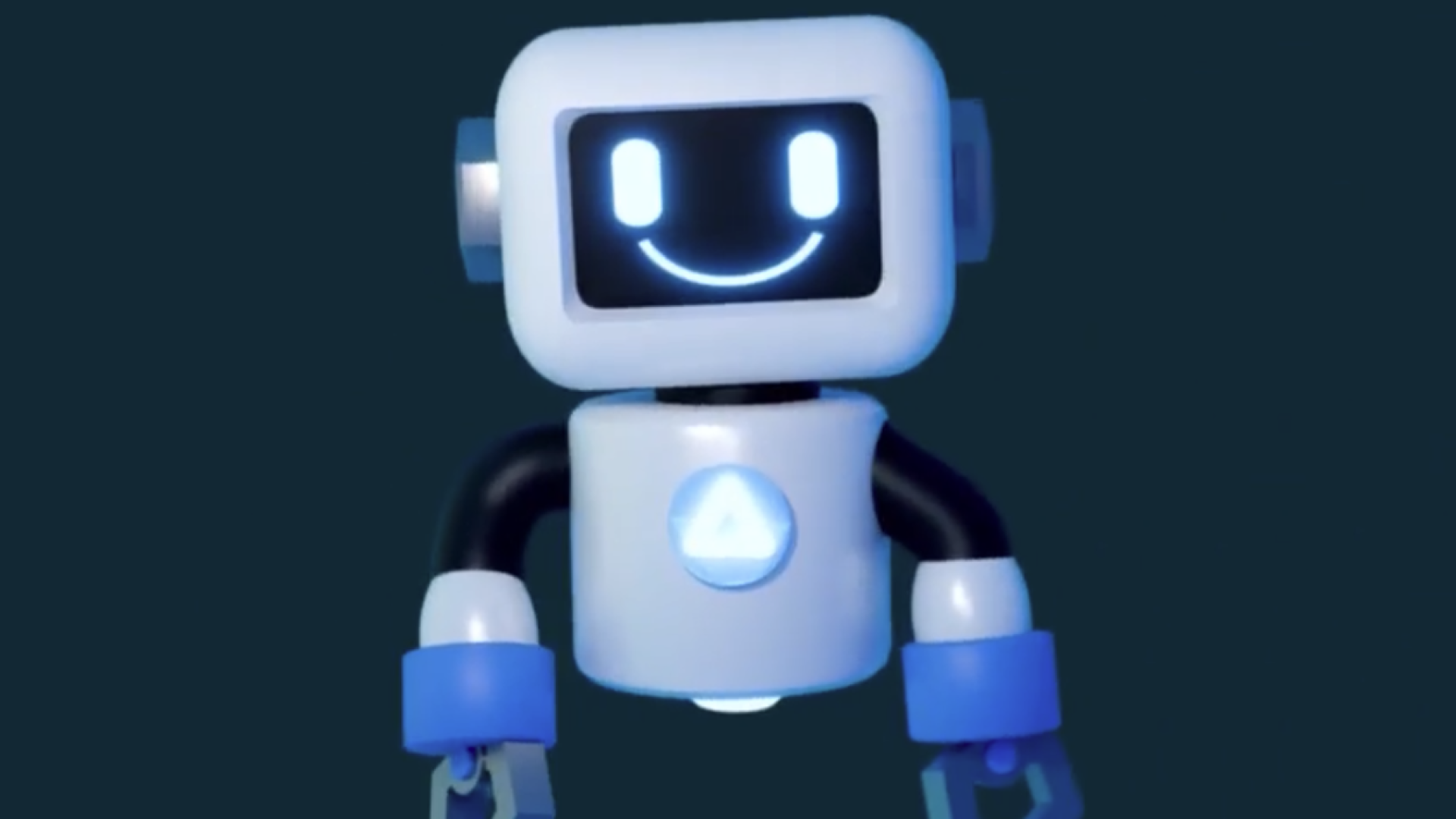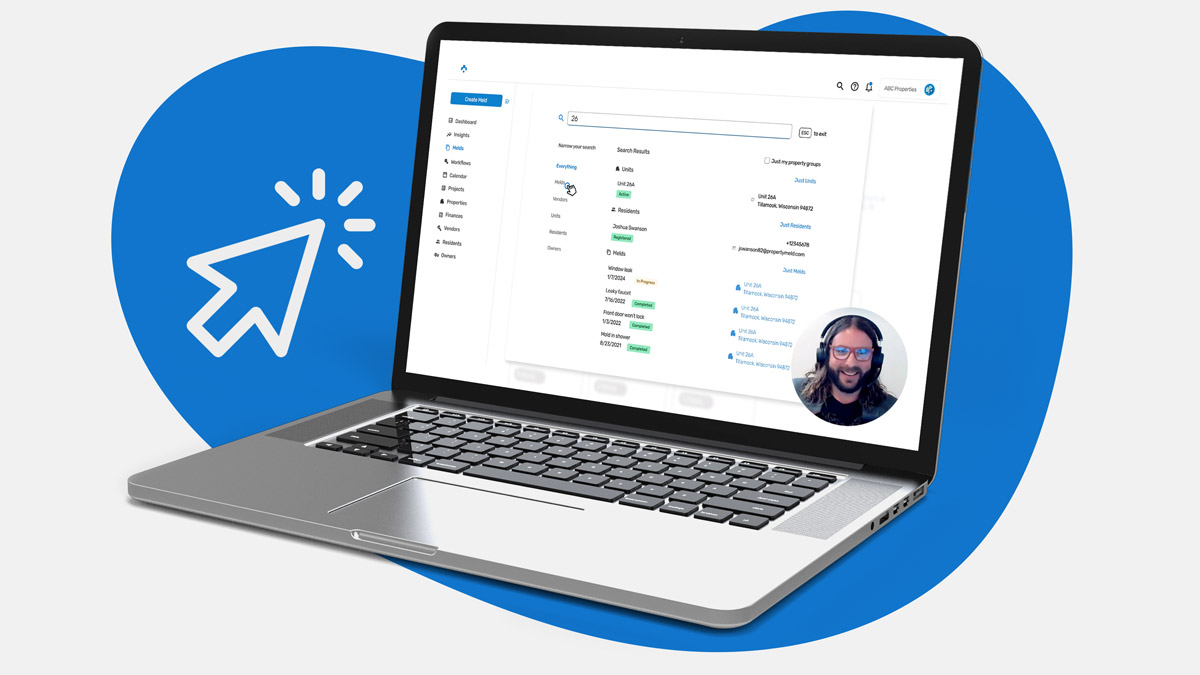The Evolution of Maintenance Work Orders
For decades, maintenance work orders followed the same formula: a phone call comes in, a manager writes down the issue, and someone eventually dispatches a technician. While this manual approach worked in the past, it’s riddled with inefficiencies, missed details, delayed communication, and frustrated residents.
Fast-forward to today, and technology has reshaped nearly every corner of property management. From rent collection to leasing, digital solutions have replaced time-consuming manual processes. Maintenance is no exception. The rise of digital intake and intelligent automation has changed the way property managers handle work orders, saving time, improving accuracy, and boosting resident satisfaction.
Digital Intake vs. Traditional: What’s the Difference?
Traditional work orders rely on human interaction and manual entry. A resident calls, the property manager jots down the request, and that note eventually gets logged into the system. Errors happen, response times lag, and the process demands more staff time than necessary.
Digital intake, powered by intelligent automation, transforms this experience. Instead of manual phone calls and handwritten notes, AI-driven systems capture work order details instantly, categorize the issue, and route it to the right person without delay.
And importantly, it’s not just for after-hours emergencies. With solutions like MAX On Call, property managers can handle any maintenance call, day or night. Whether it’s a leaky faucet reported on a Tuesday afternoon or a broken furnace at 2 a.m., digital intake ensures the information is captured accurately, quickly, and consistently.
Key differences at a glance:
- Traditional: Manual, time-intensive, prone to miscommunication.
- Digital intake: Automated, fast, accurate, and available 24/7 for any maintenance call.
Measuring ROI with Digital Intake
The question every property manager asks: What’s the ROI?
Digital intake delivers measurable returns by:
- Reducing labor costs
Staff spend less time fielding calls, manually entering work orders, or clarifying details with residents. That saved time can be redirected toward higher-value tasks like building investor relationships or scaling operations.
- Increasing technician efficiency
When work orders are captured accurately and routed intelligently, technicians arrive better prepared. No more wasted trips for missing details or wrong parts.
- Improving resident satisfaction and retention
Quick, seamless maintenance responses keep residents happy, which directly reduces turnover, a major driver of NOI.
- Minimizing liability risks
Automated intake ensures consistent documentation. If there’s ever a dispute about response times or repair communication, managers have a reliable record.
- Driving portfolio scalability
As portfolios grow, the ROI compounds. Automation enables teams to handle more doors without dramatically increasing headcount.
In short, digital intake transforms maintenance from a reactive cost center into a strategic advantage.
Why the Future is Digital
The property management industry is facing tighter margins, rising resident expectations, and increased competition. Relying on manual processes for something as critical as maintenance isn’t just outdated, it’s costly.
Solutions like MAX On Call make it clear: the future of maintenance work orders lies in intelligent automation. Property managers who adopt digital intake not only improve day-to-day operations but also set themselves up for long-term ROI.
The takeaway is simple: traditional work orders may have gotten us here, but digital intake will take property management forward.






